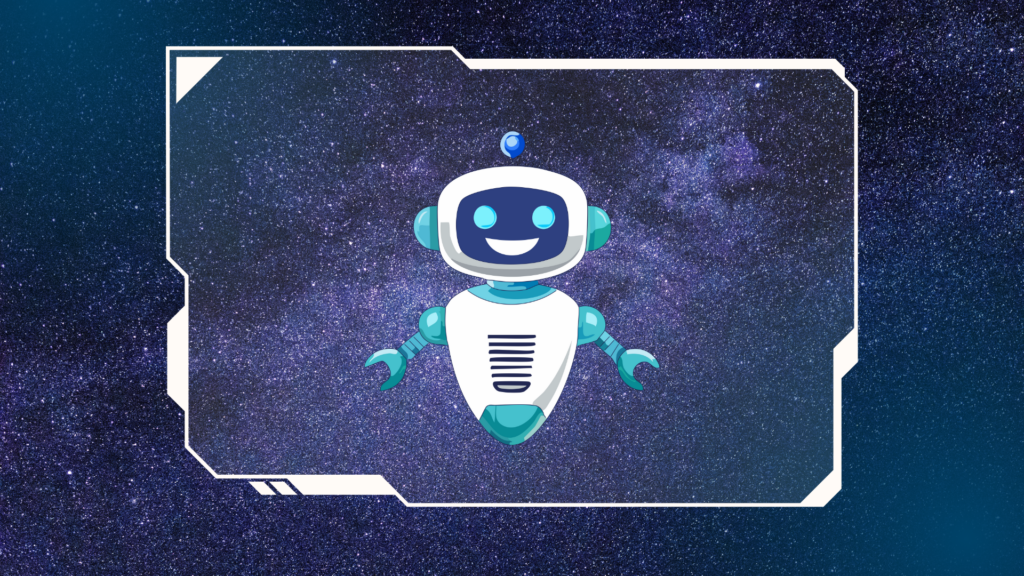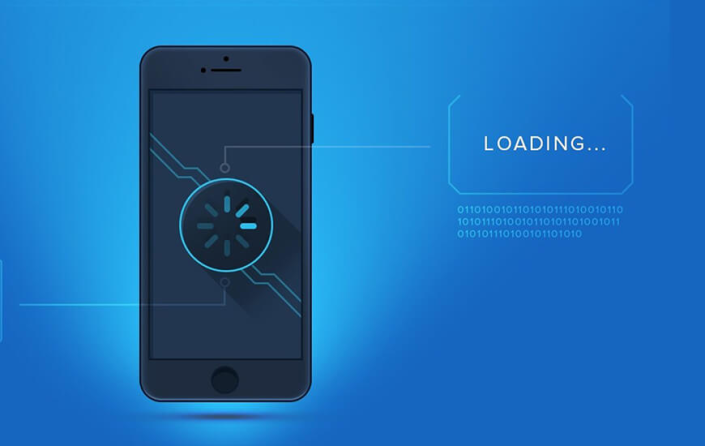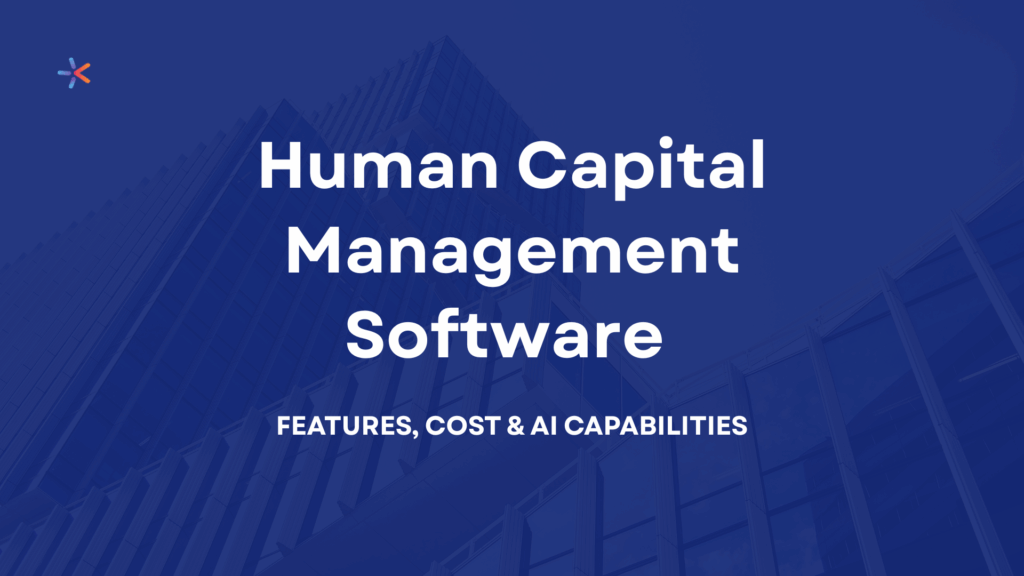Let’s face it – food delivery apps have become as essential as the phones they run on. With more people ordering in than ever before, the food delivery market is experiencing explosive growth, making it the perfect time for entrepreneurs and developers to jump in.
Whether you’re a startup founder with the next big idea or a developer looking to expand your portfolio, building a food delivery app like Zomato or Swiggy is an exciting challenge. And we are here to help you navigate this challenge effectively.
In this article, we’ll break down the nitty-gritty of food delivery app development. And if you’re wondering about the investment side, check out our detailed guide on How Much Does It Cost to Build an App.
Let’s dig in!
Market Statistics: Why Food Delivery Apps Are a Smart Bet
As more people embrace the convenience of ordering meals online, it’s essential to understand the current landscape through relevant statistics. Here are five up-to-date stats that highlight the growing user engagement and consumer demand for food delivery services:
- Online food delivery is projected to grow by 12.67% annually from 2023 to 2027.
- Around 81% of Indian consumers order food online at least once a week.
- The global food delivery market will be worth over $320 billion by 2029.
- Customers who order online are more likely to become repeat customers within 60 days compared to walk-in customers.
- 57% of millennials say they use food delivery apps because they’re convenient.
These stats clearly show the rising dominance of on-demand services in our daily lives. To learn more about this growing trend and its impact across various industries, check out our on-demand app development guide.
It provides valuable insights into the reasons behind the increasing popularity of such apps and how they are transforming the way we live and work.
Key Features of a Successful Food Delivery App
To create an app that users love and investors notice, you need more than just a sleek interface – you need the right features. Based on our experience developing multiple food delivery platforms, here are the must-have features that will set your app up for success:
1. User Registration and Profile Management
This is your first impression, so make it count! Ditch the boring forms and offer a streamlined signup process.
- Social Logins: Allow users to sign up quickly with their existing Google or Facebook accounts. Nobody wants to remember another password!
- Personalized Onboarding: A quick tutorial or interactive guide can help users navigate your app effortlessly from the get-go.
Now, let’s talk about the different types of users who will be interacting with your app.
- Customer Profiles: This is where your hungry customers hang out! They use their profiles to browse restaurant menus, place orders, save their payment information for faster checkouts, and track their orders in real time. Think of it as their personalized food ordering command center.
- Admin Profiles: These are for the folks running the show behind the scenes. Restaurant owners or managers use admin profiles to manage incoming orders, update menus with new dishes or prices, and access important data like sales reports and customer insights. It’s their control panel for keeping things running smoothly.
- Driver Profiles: These profiles are designed for the delivery heroes who bring the food to your customers’ doorsteps. Drivers use their profiles to accept delivery requests, get turn-by-turn navigation to the restaurant and the customer’s location, and track their earnings. It’s their on-the-go office for managing deliveries efficiently.
By creating distinct profiles for each user type, you can ensure that everyone has a smooth and efficient experience within your app.
2. Search Functionality
Don’t make users hunt for their favorite dishes! Here are some tips to make sure your search results are relevant and personalized.
- Advanced Filters: Go beyond basic keyword search. Allow users to filter by cuisine type, dietary restrictions (vegan, gluten-free, etc.), price range, and even specific ingredients.
- Visual Search: Consider incorporating image recognition technology. Users could snap a photo of a dish they crave, and your app could find similar options on nearby menus.
- AI-based Recommendations: You can take it a step further by implementing AI-based recommendation engines that suggest dishes based on previous orders or user preferences. This not only makes browsing faster but also adds a personal touch, increasing engagement.
3. Payment Integration
Make checkout a breeze with multiple secure payment options.
- Variety is Key: Offer a range of choices, including credit/debit cards, mobile wallets (like Apple Pay and Google Pay), and even cash on delivery.
- One-Click Ordering: For repeat orders, allow users to save their preferred payment method and delivery address for a truly seamless experience.
- Security First: Ensure your app is PCI-DSS compliant to guarantee data security. Consider offering installment-based payments or integrating with loyalty programs to incentivize regular customers and enhance their overall experience.
4. Delivery Tracking
Anxiety-free waiting is the name of the game.
- Real-time Updates: Provide accurate, up-to-the-minute tracking information, so users know exactly where their food is at all times.
- Driver Communication: Allow users to communicate directly with their driver through in-app chat or calls for any special instructions or updates.
- Proactive Notifications: Send push notifications about order status changes, estimated delivery times, and even potential delays.
5. Reviews & Ratings
Positive reviews build credibility and attract new users, while critical feedback helps restaurants and delivery personnel improve. Build trust through transparency:
- Create separate rating systems for food quality and delivery experience
- Implement photo reviews for more credible feedback
- Design a response system for restaurants to address feedback
- Develop an AI-powered fake review detection system
- Create incentives for leaving honest, detailed reviews
Build Your Dream App!!
Easily calculate the cost of your Business App with us. Get a free quotation on your next big idea.
Get Free Online Consultation Now!!
Development Process: Building a Food Delivery App Using the Agile Method
Let’s talk about how to actually build a food delivery app. We’re big fans of the Agile methodology here, and for good reason.
Agile development breaks down your journey into smaller, manageable “sprints” typically lasting 1-4 weeks. Each sprint delivers a working piece of your app, allowing you to test, gather feedback, and adapt quickly. This is perfect for food delivery apps because:
- The market changes rapidly (hello, pandemic pivot!)
- User preferences evolve constantly
- You can test features with real users faster
- It’s easier to secure and maintain stakeholder buy-in
Here’s how to build your food delivery app using the Agile method:
Step 1: Validate Your Idea
Before you write a single line of code, make sure your app idea has legs! Do your homework and research the market. Giants like DoorDash and Uber Eats already have a big slice of the pie, so figure out what makes your app unique.
Maybe you’ll focus on a specific niche like healthy meals, late-night delivery, or partnering with local, family-owned restaurants. Find your angle and own it!
Pro Tip: Use “fake door” testing – create a landing page for your app idea and measure interest through sign-ups. |
Step 2: Choose Your Development Method
Now it’s time to decide how you’ll actually build your app. You’ve got options:
- Hire an App Developer: This is a great option if you have the budget and want a custom-built app tailored to your exact needs. However, keep in mind that this can be the most expensive route.
- DIY App Builders: If you’re looking to save money and time, consider using a DIY app builder like BuildFire. These platforms provide templates and drag-and-drop tools, allowing you to create an app without any coding experience.
- Outsource Development: This is a middle-ground option. You’ll get professional help, but at a potentially lower cost than hiring a dedicated developer. You’ll also have more control over the development process compared to using a DIY builder.
Step 3: Identify Your Business Model
How will your app actually make money? Here are a few common food delivery app business models:
- Delivery Service: You handle the entire delivery process, charging restaurants a commission fee for each order.
- Third-Party Facilitator: You act as a middleman, connecting customers with restaurants but leaving the delivery to the restaurants themselves.
- Direct Delivery Apps: Restaurants manage their own deliveries using your platform, and you might charge a subscription fee for using your software.
- Choose the model that best aligns with your resources, goals, and the competitive landscape in your area.
Step 4: Feature Selection
We already talked about key features, but now it’s time to prioritize. Start with the essentials and add more advanced features in later sprints. Remember to keep your target audience and business model in mind.
Break down features into:
Must-Haves
- User registration (all three profiles)
- Restaurant listing and menu management
- Basic order placement
- Simple payment integration
Nice-to-Haves
- Advanced search and filters
- Real-time tracking
- Reviews and ratings
- Multiple payment options
Future Enhancements
- AI-powered recommendations
- Loyalty program
- Social sharing features
Step 5: Design and Development
Once you have your core features mapped out, it’s time to focus on design. A great user experience (UX) is what keeps food delivery apps like Zomato and Swiggy at the top of their game. With Agile, you’ll want to get an initial design up and running as soon as possible so you can gather feedback during development sprints.
- App Design: Focus on simplicity and ease of use. Your customers should be able to browse, select, and order food in just a few taps. Intuitive navigation is key to keeping users engaged.
- Development Sprints: Break the development into multiple sprints. Each sprint should tackle one or more features, with testing done at the end of each cycle to ensure everything works smoothly.
Step 6: Testing and Deployment
Integrate testing into every sprint:
- Unit testing for individual components
- Integration testing for feature interactions
- User acceptance testing with real restaurants and drivers
- Performance testing under load
Common Pitfall: Don’t skimp on testing payment and order workflows – they’re critical for user trust.
Step 7: Marketing and Launch
Your app is almost ready—now it’s time to launch and promote it. In Agile, you can release a Minimum Viable Product (MVP) to get your app into the hands of users early and build from there.
- Marketing: Build hype through social media, offer discounts on first orders, and partner with local restaurants for promotional deals.
- Launch: Launch your app on major platforms like the Apple App Store and Google Play Store. Gather feedback and continue improving through future sprints.
Need Help with App Development?
Easily calculate the cost of your App with us. Get a free quotation on your next big idea.
Get Free Online Consultation Now!!
Food Delivery App Monetization Strategies
Let’s talk cash flow – because even the coolest app needs to make money, right? After helping numerous food delivery apps go from idea to profit, here’s our take on what actually works:
- Commission Fees: This is a classic approach. You charge restaurants a percentage of each order they receive through your app. It’s a win-win – they get more business, and you get a cut.
- Delivery Fees: You can charge customers a fee for delivering their food. This can be a flat fee or vary based on the distance between the restaurant and the customer.
- Subscription Models: Offer users a premium experience with a subscription plan. This could include perks like free delivery, exclusive discounts, or early access to new restaurants.
- Don’t be afraid to get creative! You can also explore options like in-app advertising or partnerships with local businesses to generate additional revenue streams.
Remember, the best strategy combines all three. Start simple, test like crazy, and let the data guide you.
Wrap Up
Building a food delivery app can be a rewarding venture, especially with the right features and monetization strategies. Don’t forget, the tech stack you choose can make or break your app’s performance – if you’re still deciding on the backend, check out our guide on the Top 10 Web App Database Lists in 2024.
Whether you’re a startup founder or a developer, the food delivery market is hungry for innovation. So, what are you waiting for? Your next big adventure in food tech begins now!






